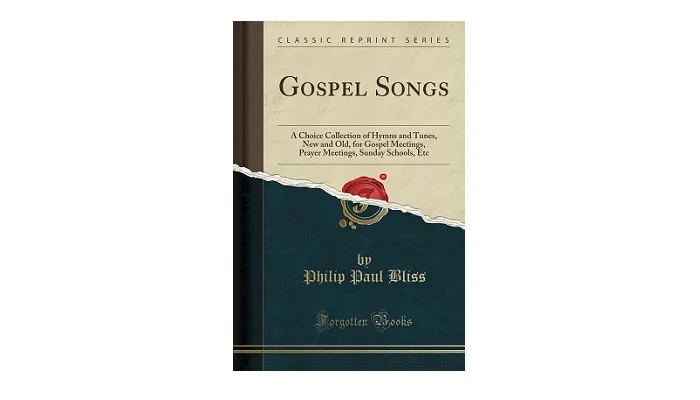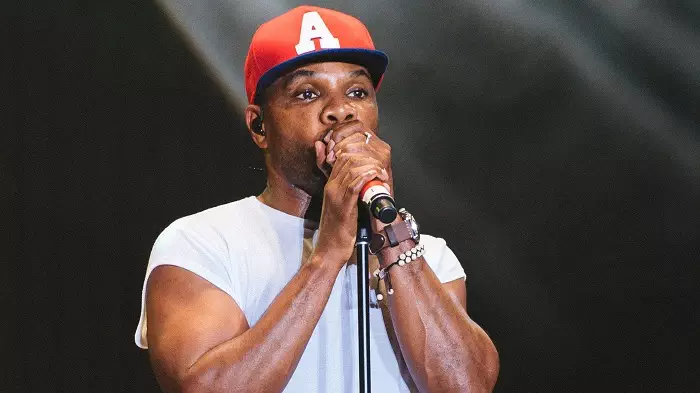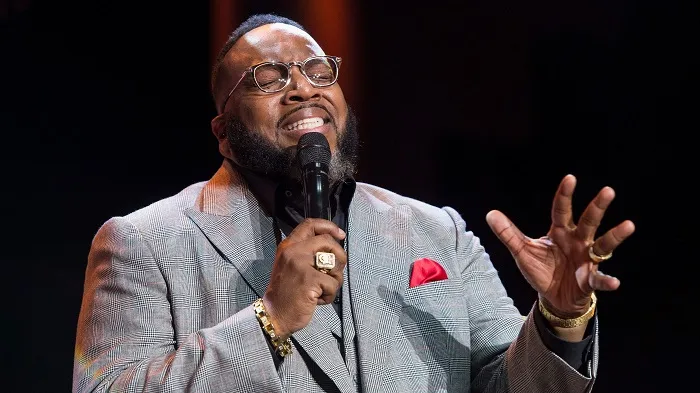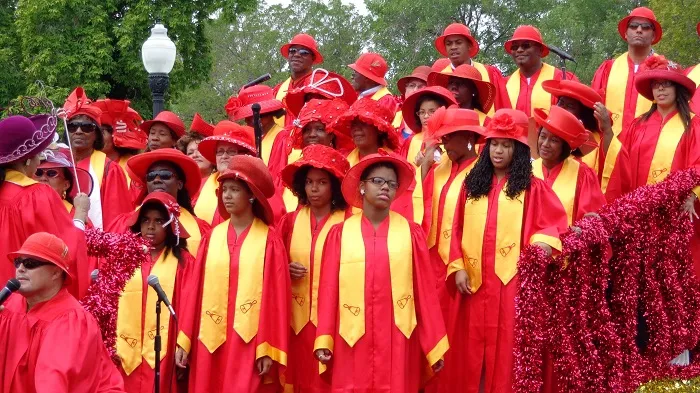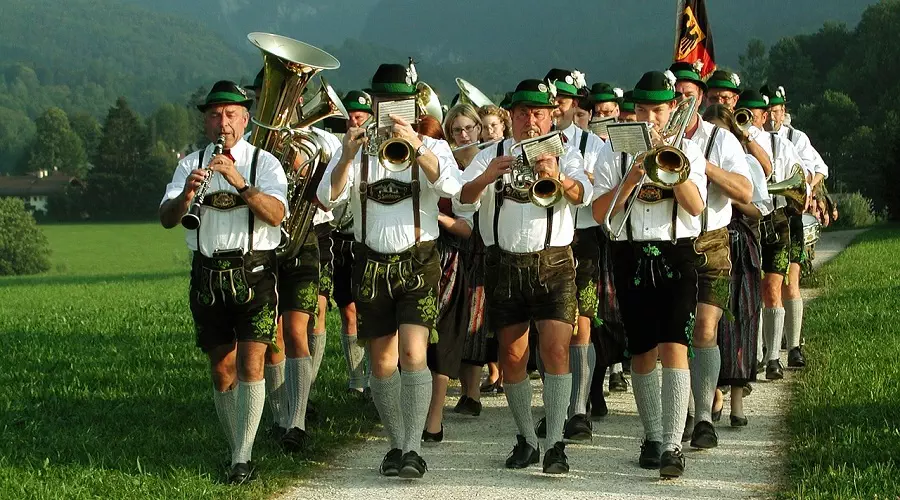Within the frameworks of musical entertainment and worship services, gospel music has long since adapted to the musical tastes of its listeners. But have you ever wondered about its history and contributions to the world at large? More importantly, what is gospel music, exactly?
According to the Gospel Music Association, gospel music has over 200 million monthly listeners in the US, with 93% of African-Americans having listened to the genre within the past year. This is merely proof that gospel music has an extremely large and dedicated fanbase.
This article discusses everything you need to know about gospel music, including its history, legacy, and integration into American culture.
What Is Gospel Music?
Gospel music is one of the many genres of American Christian music. It’s largely vocal and often sung harmoniously.
Many describe gospel music as euphoric, spiritual, and rhythmic, coinciding with the development of rhythm and blues in the 19th and early 20th centuries.
History of Gospel Music
The history of gospel music is a journey in and of itself. Let’s go through the most notable highlights on the timeline of gospel music together.
18th Century: Birth of Amazing Grace
The roots of gospel music can be traced all the way back to the early 17th century, a time when African-Americans practiced the tradition of Black oral.
However, gospel music only took shape in the late 1800s when John Newton and Augustus Toplady wrote the hymns Amazing Grace and Rock of Ages.
Believe it or not, these songs were written in the 1760s and 1770s. They began as lyric-only compositions before standardized tunes were added decades later.
19th Century: Beginning of a New Era
During the rise of the Holiness-Pentecostal era in the 19th century, the first published term of “gospel song” took its shape in a songbook entitled Gospel Songs: A Choice Collection of Hymns and Tunes.
Published in 1874 by Philip Bliss, the book described the genre as a new style of church music. Some of the most notable composers in the book include George F. Root, Charles H. Gabriel, and Fanny Crosby.
Upon the release of the songbook, the popularity of gospel music slowly began to rise. Since then, gospel songs have frequently appeared in Sunday-school hymn books and church services.
20th Century: Golden Age of Gospel Music
By the late 19th and early 20th century, gospel music publishing houses like E.O Excell, Charles Tindley, and Homer Rodeheaver encouraged songwriters and composers across the US to submit their creative work in the genre.
Upon the advent of radio in the 1920s, gospel music truly began to take shape.
In the beginning, they were serious in tone. However, as time went by, gospel music lost some of its sombreness. This is primarily thanks to evangelists and musicians like Billy Sunday, Homer Rodeheaver, and Charles McCallon Alexander.
The haunting sound of the organ was replaced by the soft tones of the piano and other instruments. The lyrics were positive and upbeat.
1920s–1970s: Gospel in the Black Church
The emergence of Black gospel occurred between the early 1920s and 1970s alongside genres like blues, ragtime, and jazz.
In many ways, Black gospel music was reminiscent of older Black spirituals.
During this period, sister Rosetta Tharpe emerged to be the first great gospel recording artist. Her gospel recordings, a unique combination of electric guitar and spiritual lyrics, greatly contributed to the origins of rock and roll.
Juanita “Arizona” Dranes, a blind female gospel singer, was the first person to introduce ragtime to gospel music.
In the late 70s, urban contemporary gospel emerged. Some of the most popular artists during this period were the Clark Sisters and Andrae Crouch.
Gospel rap/hip-hop, which many considered a subgenre of urban contemporary gospel, emerged from underground urban communities in the 1980s. In typical gospel music fashion, gospel rap promoted faith and belief through uplifting and positive messages.
Present Time
In the subsequent decades, artists Kirk Franklin and Yolanda Adams led urban contemporary gospel choirs, which were greatly received all over the US. Both artists were rewarded multiple Grammy Awards, among others.
Today, gospel music is as popular as ever, propelled in popularity through mainstream pop culture. The genre is especially popular amongst African-American listeners.
White Gospel vs. Black Gospel: What’s the Difference?
During the rise of gospel music in the early-to-late 20th century, gospel music was primarily divided into two cultural genres—white gospel music and black gospel music.
White Gospel
White gospel music, known today as Southern gospel music, adopted many of the “original” tunes and hymns of the early 18th and 19th centuries.
It’s primarily composed of shape-note singing, a uniquely American tradition that uses a series of geometric shapes rather than musical notes. Each of the scale’s shapes represented a syllable from the solfège.
This practice became especially popular in Southern rural evangelical churches.
Southern gospel music, as you may have guessed, is classified as a “White” genre. Compared to the call-and-response technique of the Black gospel, Southern gospel draws more from a musical genre called Sacred Harp.
Black Gospel
Black gospel music, also known as African-American gospel, emerged during the fall of slavery.
Introduced mostly by pioneers with roots in the blues, Black gospel is often seen in Black churches and entertainment spaces across the US.
Its musical characteristics primarily consist of simple arrangements, basic through-composed melodies, and the modest accompaniments of piano and/or organ.
Gospel Music Subgenres Explained
Apart from the cultural differences of gospel music, it comes in several musical subdivisions. These are as follows:
Black Gospel Music
There are three types of Black gospel music: Traditional, Urban Contemporary, and British. Let’s take a look at the notable differences.
Traditional Black Gospel
Traditional Black gospel music originated during the midst of the Great Migration in the early 1920s.
In the beginning, it was greatly influenced by Black spiritual hymnody, white hymnody, and songs of the enslaved. However, a stylistic change occurred in the final decades of the 19th century. It went from Black spirituals to Thomas A. Dorsey’s musical vision of gospel music.
Through the publishing house he launched in the 1930s, Dorsey established the musical careers of many African-American artists. This includes Mahalia Jackson, best known for her rendition of Dorsey’s song Precious Lord, Take My Hand.
At first, Black churches refused to welcome the grand stylistic shift of the Traditional Black gospel. After all, they were far too accustomed to Eurocentric gospel. But after a while, Dorsey’s version of the Black gospel began to catch on in Chicago and across all Black churches.
Urban Contemporary Gospel
Urban Contemporary gospel is a fusion between Traditional Black gospel and Urban Contemporary music. It was popularized sometime between the 70s and 80s.
Along with the themes shown in traditional Black gospel music, it incorporates heavy rhythms, electronic beats, and instrumentation.
By far, Kirk Franklin, an American choir director and gospel singer, is the most popular Urban Contemporary gospel artist in the genre. Other notable artists include the Clark Sisters, Andrae Crouch, and, of course, Yolanda Adams.
Urban Contemporary gospel also popularised gospel rap or Christian hip hop in the 1980s. It first emerged on the 1982 record track Jesus Christ (The Gospel Beat) by Queen.
Three years later, a full-length Christian hip hop album entitled Bible Break was released by the Christian rapper Stephen Wiley.
Gospel Blues
Gospel blues is a combination of Gospel music and blues. Spiritual or Christian lyrics are sung with the accompaniment of acoustic guitars, brass instruments, and saxophones.
Blind Willie Johnson, Son House, and Skip James, although professional blues singers, sometimes worked as preachers and often sang gospel music in Black Churches.
Others, like Reverend Gary Davis, deemed traditional blues in church “satanic” and played gospel blues only.
It’s important to note that Reverend Gary Davis didn’t find the genre itself satanic, but rather found the lyrical content contained within them unsuited for church.
With that said, gospel blues performers often steered clear of overly joyous and dance-oriented blues, especially those that contained boogie-woogie dance tunes and 12-bar shuffles.
British Gospel
British gospel, often referred to as UK gospel or Brit gospel, is a subgenre of gospel music of the African members of the UK.
Compared to Traditional Black gospel, British gospel is mainly influenced by the Caribbean and African black churches in the UK, as well as UK street culture.
In the UK, British gospel is listed under the Official Gospel Albums Chart. It has received various awards from GEM (Gospel Entertainment Music), Urban Music, and MOBO (Music of Black Origin).
Today, some of the most popular British gospel artists include Guvna B, Muyiwa Olarewaju, Siani, and Marvin Sapp.
Southern Gospel Music
Southern gospel music is quite similar to Christian Country music, although it usually incorporates musical compositions of four instruments or voices called Quartet.
As mentioned earlier, Southern gospel music is predominantly White. Despite that, it does integrate some stylings of Black gospel music into it.
While not as popular as Black gospel, Southern gospel has evolved into a well-received genre among those living in the South and across several parts of the United States.
Similar to Black gospel music, Southern gospel music varies according to social context and culture, ranging from religious or ceremonial purposes, pleasure, or entertainment.
Bluegrass Gospel
Bluegrass gospel, as the name suggests, is gospel performed by a bluegrass band with bluegrass arrangements.
This gospel subgenre is heavily Southern-based. Early bands such as the Stanley Brothers and Bill Monroe used fiddles and banjos to sing quartet arrangements of both original and traditional gospel songs.
Although not as popular as the traditional Southern gospel, groups specializing in Bluegrass gospel emerged in the last quarter of the twentieth century. Some of the most notable Bluegrass gospel singers and composers include Doyle Lawson and Quicksilver.
Country Gospel Music
Country gospel music, also known as Christian Country music, is gospel music with a country flair. It’s a combination of multiple music genres, including blues, church music, old-time “cowboy” music, and American folk music.
It hit the mainstream during the mid-1990s, so much so that award-winning artists Larry Gatlin, Barbara Mandrell, and Charlie Daniels began recording music of this genre.
Written with positive and/or inspirational country lyrics, Country gospel music expresses either communal or personal beliefs regarding Christian life.
Integration of Gospel Music to American Culture
Gospel music received a lot of criticism and hate during its rise in the late 19th and early 20th centuries. Theological critics complained that gospel music focuses on heavenly reward rather than gratitude towards God.
In the publication, The Story of the Church’s Song, Millar Patrick and James Rawlings Sydnor stated the genre is “low quality” and an “offense” to Christian values and roots.
According to them, the commercial success of gospel music led to a decline in respect to traditional church music.
In particular, they criticized the song “O That Will Be Glory,” saying that the lyrics “that will be glory, be glory for me!” reached the “ultimate nadir of unevangelical egotism.”
In 1958, Charles E. Gold published a response in the mag article The Gospel Song: Contemporary Opinion. While he acknowledged the complaints of Patrick and Sydnor, he also believed that gospel music’s contributions to Christian songs are valid in its employment.
As more and more genres emerged, gospel songs received greater acceptance in both Black and White Christian communities.
The United Methodist Church (UMC), a global denomination, explicitly accepted gospel music to the official denominational hymnal in a 2000 supplement, The Faith We Sing.
In today’s generation, gospel music still remains to be one of the most popular genres of Christian music.
Legacy of Gospel Music
Gospel music not only advocated Christian beliefs but also encouraged the practice of the religion’s ethical principles.
Gospel music has indirectly contributed to the improvement of race relations in the United States. It shed light on biblical prophetic traditions and emphasized justice for the oppressed.
Before Martin Luther King, Jr. delivered I Have a Dream, Mahalia Jackson sang the gospel hymn How I Got Over in front of over 250,000 people.
According to Martin Luther King, Jr. himself, Jackson inspired him to write his speech. Without her and her passion for gospel music, I Have a Dream may have never been written.
And that’s the true legacy of gospel music.

